On April 2, American scientists announced that they had successfully developed the world's smallest pacemaker, smaller than a grain of rice. With this size, the device can be inserted into the body by injection and automatically adjusted by light.
The tiny pacemaker has no wires and is just 1mm thick and 3.5mm long, fitting into the tip of a syringe, according to research published in the journal Nature.
The device is paired with a soft patch on the patient's chest. When the patch detects an irregular heartbeat, it automatically flashes a light to alert the pacemaker to work.
The pacemaker is powered by a galvanic battery, which uses the body's own fluids to convert chemical energy into electrical impulses that stimulate the heart. So far, the pacemaker has worked effectively in laboratory tests on mice, rats, pigs, dogs, and human heart tissue.
In addition to allowing implantation by injection, the pacemaker also marked a breakthrough when it was designed to be able to "dissolve" into the body when no longer needed, saving patients from having to undergo invasive surgery to remove it.
Current pacemakers require surgery to sew electrodes into the heart muscle and attach wires to a power-supplied device in the patient’s chest. Therefore, removing the device requires removing the wires, which can cause damage.
Study author John Rogers of Northwestern University (USA) estimates that the new pacemaker could be put into human trials within the next 2-3 years. The device could be used for children with congenital heart defects who need a temporary pacemaker or for older patients who need to restore a normal heart rhythm after heart surgery.
Although it is still years away from human trials, the new mini wireless pacemaker has been hailed as a “transformational breakthrough” not only in cardiology, but could also spur advances in other areas of medicine.
Researcher Bozhi Tian said the paradigm shift in temporary cardiac pacing and bioelectronic medicine could open up far-reaching possibilities in the fields of nerve regeneration, wound healing, and integrated smart implants./.
Source: https://www.vietnamplus.vn/my-che-tao-thanh-cong-may-tao-nhip-tim-co-kich-co-nho-hon-hat-gao-post1024576.vnp






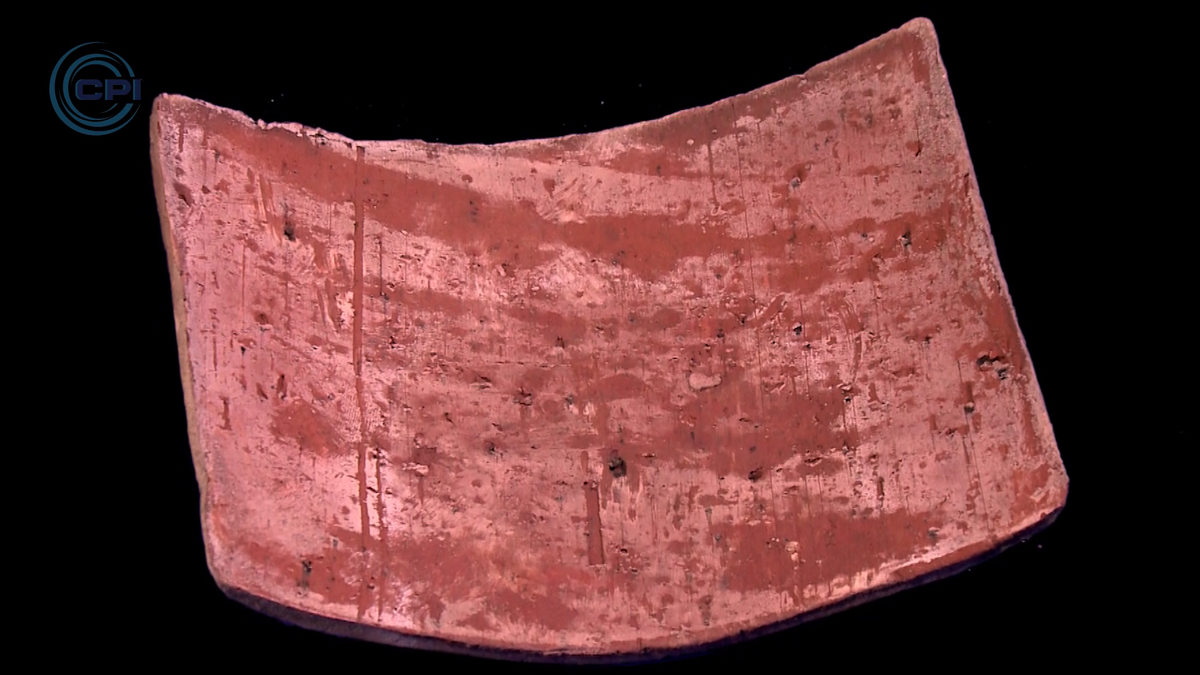




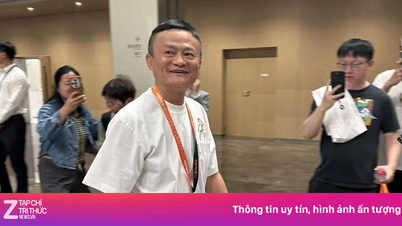
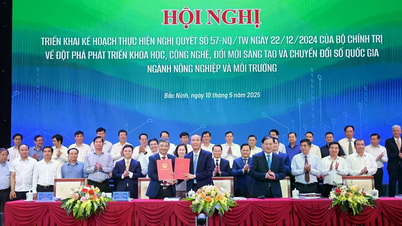









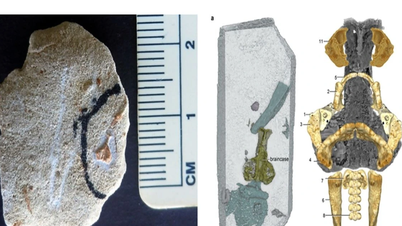




































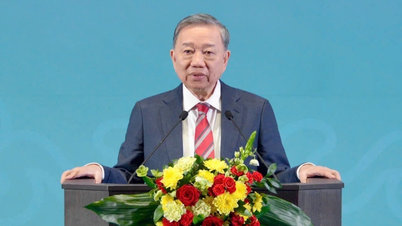



















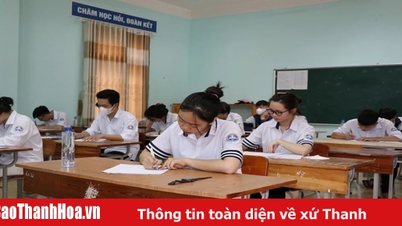










Comment (0)